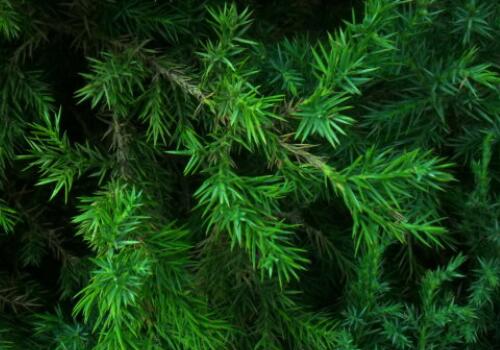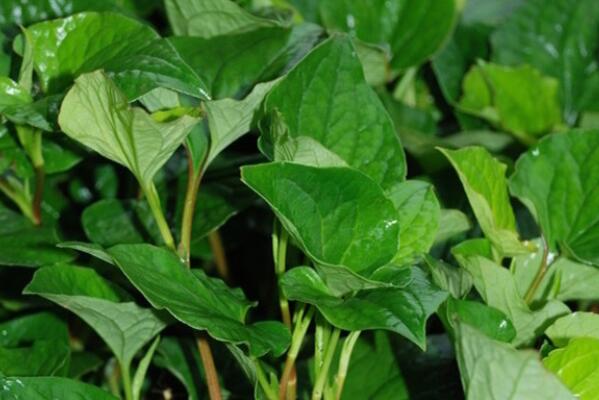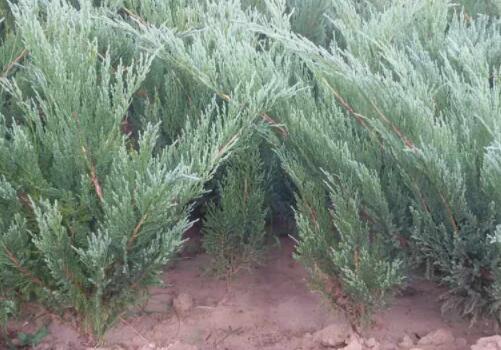How much is the price of evergreen trees and cypress seedlings? What's the difference between Platycladus orientalis and Platycladus oriental? How to maintain bonsai?
Sabina vulgaris, also known as juniper, cypress, juniper, juniper, is an evergreen tree; branchlets with scaly leaves are round or nearly square. It can be used as hedge, street tree, pile landscape and bonsai material. So how much is the price of cypress seedlings? What's the difference between Platycladus orientalis and Platycladus oriental? How to maintain bonsai?

How much is the price of cypress seedlings?
The following is the price of Tuliu net finishing, for reference only:
Seedling name height (cm) unit price (yuan) round cypress 501.5 "1.8 round cypress 602" 2.4 round cypress 703.5 "4.8 round cypress 805.5" 7.5 round cypress 906.8 "8.5 round cypress 1008" 11 round cypress 12015 "18 round cypress 15018" 22 round cypress 16020 "25 18030" 40 round cypress 20040 "60 round cypress 22050" 70 round cypress 25065 "80 round cypress 28075" 90 round cypress 30080120
What is the difference between Sabina vulgaris and Platycladus orientalis?
1. The leaves of Platycladus orientalis have spiny leaves and scaly leaves, while the leaves of Platycladus orientalis are all scaly leaves.
2. In appearance, Platycladus orientalis is in the shape of a long spire, while Platycladus orientalis is conical.
3. The branches of Platycladus orientalis are uniformly distributed in all directions, and the branches of Platycladus orientalis are almost a plane.
4. The spore fruit of Platycladus orientalis is large and spherical, and the spore fruit of Platycladus orientalis is 4 pairs of spore leaves, which dehiscence completely after maturity.
How to maintain the juniper bonsai?
The round cypress is graceful in shape, with twisted branches, such as wandering dragons, clusters of branches and leaves, such as green covers, magnificent momentum, and can form a scene alone. Round cypress old pile scene, life up to hundreds of years, picturesque posture, dry twig, ancient divination, the four seasons are green, suitable to enjoy all the year round.
Sabina vulgaris positive plant, light-loving tree species, more shade-tolerant. I like a cool and warm climate. Its tree is strong and deep-rooted, and its lateral roots are also well developed. Dry upright, very suitable for planting in the garden, or cultivated into a valuable bonsai. The following is the maintenance method:
1. The cypress is resistant to drought, avoid stagnant water, watering should not be wet, do not dry, do not water, so that you can see dry and wet. Plum rain season should pay attention to the basin can not accumulate water, summer high temperature, to water sooner or later, to keep the basin soil moist, often spray foliar water, can make the leaf color green.
2. The pile scene of Sabina vulgaris should not be fertilized so as not to affect the beauty of the tree. The thin and rotten cake fertilizer or organic fertilizer is applied 2-3 times in spring and 1-2 times in autumn to keep the branches and leaves fresh and green and grow healthily.
3, round cypress bonsai, mainly to pick the heart, to shoot the long branches, cut off the top, and promote the growth of lateral branches. In the period of vigorous growth, special attention should be paid to picking the heart and shooting in time to keep the crown dense and beautiful.
4. The pile scene of Sabina vulgaris grows slowly and can be turned every 3-4 years, and the turning time should be in the cool season of plum rain. The cypress likes the soil that is moist and well drained. When turning the basin, you can properly remove part of the old root and replace it with 1 gray and 2-night soil, and cultivate the fertile and loose sandy soil to promote the growth and development of the new root. The high and deep pot should pay attention to the coarse sand and broken tiles of the basin bottom cushion to facilitate drainage. The root of the tree must be cut off before transplanting, the crown should keep the original direction of yin and yang, and it is better from late autumn to early spring, the survival rate of high temperature transplantation is low.
5. after the plant enters the dormant or semi-dormant period in winter, the branches such as thin, disease and insect, withered and overdense should be cut off.
Time: 2019-04-09 Click:
- Prev

Planting experience: what are the high-yield artificial cultivation techniques of Houttuynia cordata Thunb? Attached efficacy and function
Houttuynia cordata, also known as dog heart grass, folded ear root dog point ear, Xin, slightly cold, slightly bitter. In summer, stems, leaves, luxuriant flowers and spikes are harvested for a long time to remove impurities and dry in the sun. So what are the high-yield cultivation techniques of Houttuynia cordata Thunb? What is the efficacy and effect? What are the high-yield artificial cultivation techniques of Houttuynia cordata Thunb? Plant characteristics and biological characteristics
- Next

How much is the price of cypress bonsai? How do you trim it? How much is a seedling? How to maintain it?
Sabina vulgaris, also known as cypress, evergreen shrubs. The back of the leaf is blue-green, and the leaf base grows downward. Cones globose, bluish. It contains 2-3 seeds. So how much is the price of cypress bonsai? How do you trim it? How much is a seedling? How to maintain it? Learn from Changsha Garden Base
Related
- Fuxing push coffee new agricultural production and marketing class: lack of small-scale processing plants
- Jujube rice field leisure farm deep ploughing Yilan for five years to create a space for organic food and play
- Nongyu Farm-A trial of organic papaya for brave women with advanced technology
- Four points for attention in the prevention and control of diseases and insect pests of edible fungi
- How to add nutrient solution to Edible Fungi
- Is there any good way to control edible fungus mites?
- Open Inoculation Technology of Edible Fungi
- Is there any clever way to use fertilizer for edible fungus in winter?
- What agents are used to kill the pathogens of edible fungi in the mushroom shed?
- Rapid drying of Edible Fungi

